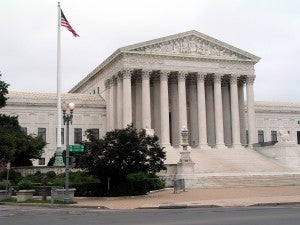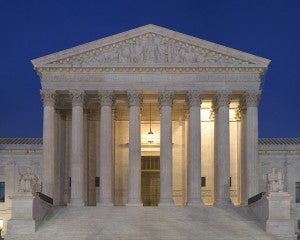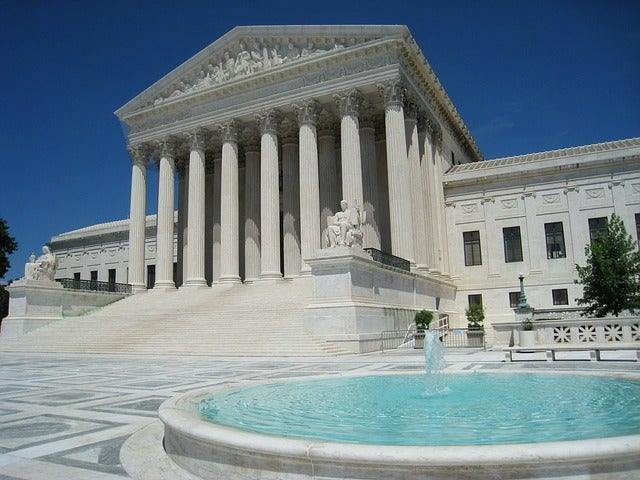 Earlier this week, Environmental Defense Fund (EDF), along with 11 other environmental and consumer groups, joined forces in asking the Supreme Court to hear an important case involving an energy resource that saves families and businesses money, improves electric grid reliability, and reduces carbon emissions: demand response. We’ve written a lot about demand response and the federal case that could determine its future (also known as EPSA v. FERC or the FERC Order 745 case), and for good reason – the legal and policy frameworks governing demand response are critical to our clean energy future.
Earlier this week, Environmental Defense Fund (EDF), along with 11 other environmental and consumer groups, joined forces in asking the Supreme Court to hear an important case involving an energy resource that saves families and businesses money, improves electric grid reliability, and reduces carbon emissions: demand response. We’ve written a lot about demand response and the federal case that could determine its future (also known as EPSA v. FERC or the FERC Order 745 case), and for good reason – the legal and policy frameworks governing demand response are critical to our clean energy future.
Simply put, demand response relies on people and technology, not just power plants, to meet electricity demand. It balances stress on the electric grid by reducing demand for electricity, rather than increasing supply. This makes our grid more efficient, reduces harmful air emissions from fossil fuel plants, and keeps electricity prices lower.
And these aren’t small savings – demand response cumulatively saves customers billions of dollars that would otherwise go toward more costly polluting resources. In 2013 alone, for example, demand response saved customers in the mid-Atlantic region $11.8 billion. Read More














